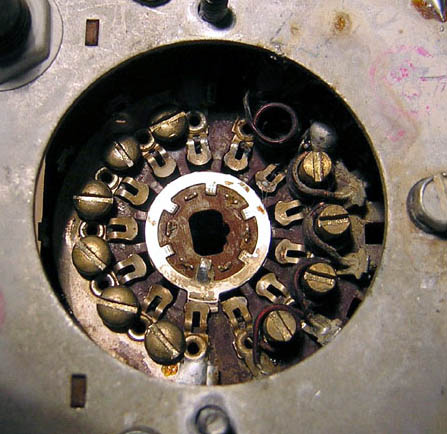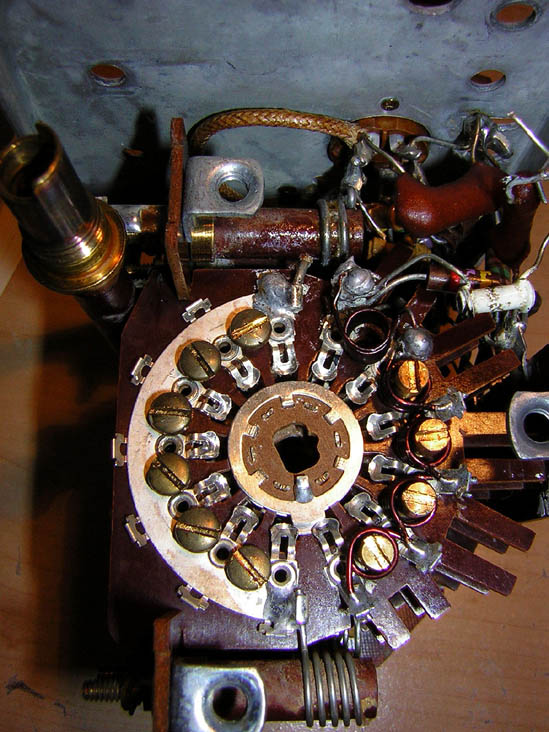|
|
This topic comprises 2 pages: 1 2
|
|
Author
|
Topic: Wax For Sealing Oscillator Coils and Electrical Windings
|
|
|
|
|
|
|
|
|
|
|
|
|
|
|
|
|
|
|
|
|
Ron Yost
Master Film Handler
Posts: 344
From: Paso Robles, CA
Registered: Aug 2003
|
 posted 08-31-2006 09:39 PM
posted 08-31-2006 09:39 PM




As Mark says, use pure beeswax. Some of the 'beeswax' sold in hardware stores is adulterated with parafin (so it can be sold at a lower price), so be careful what you buy. Pure beeswax isn't inexpensive these days, but it's worth it.
Maybe you can find (or know) a local beekeeper? They'd most likely make filtered cakes of it, as there's a LOT of it after it and the honey are separated. Grandpa (well, -ma, actually) used to use biscuit tins to mold the small cakes in. They sold the cakes for ten-cents! It's a tad more expensive, now. ![[Eek!]](eek.gif) I helped my grandpa some with his hives .. the separator was the most fun, for a kid. I helped my grandpa some with his hives .. the separator was the most fun, for a kid.
I do woodworking as one of my hobbies, and it's the bees-knees ![[Big Grin]](biggrin.gif) for lightly lubricating wood-screw threads, too. for lightly lubricating wood-screw threads, too.
As I said, remarkable stuff.
Ron Yost
| IP: Logged
|
|
|
|
|
|
|
|
|
|
|
|
All times are Central (GMT -6:00)
|
This topic comprises 2 pages: 1 2
|
Powered by Infopop Corporation
UBB.classicTM
6.3.1.2
The Film-Tech Forums are designed for various members related to the cinema industry to express their opinions, viewpoints and testimonials on various products, services and events based upon speculation, personal knowledge and factual information through use, therefore all views represented here allow no liability upon the publishers of this web site and the owners of said views assume no liability for any ill will resulting from these postings. The posts made here are for educational as well as entertainment purposes and as such anyone viewing this portion of the website must accept these views as statements of the author of that opinion
and agrees to release the authors from any and all liability.
|

 Home
Home
 Products
Products
 Store
Store
 Forum
Forum
 Warehouse
Warehouse
 Contact Us
Contact Us




 Printer-friendly view of this topic
Printer-friendly view of this topic






![[Frown]](frown.gif)


![[Smile]](smile.gif)



![[Eek!]](eek.gif) I helped my grandpa some with his hives .. the separator was the most fun, for a kid.
I helped my grandpa some with his hives .. the separator was the most fun, for a kid.![[Big Grin]](biggrin.gif) for lightly lubricating wood-screw threads, too.
for lightly lubricating wood-screw threads, too.![[Wink]](wink.gif) )
)![[thumbsup]](graemlins/thumbsup.gif)



